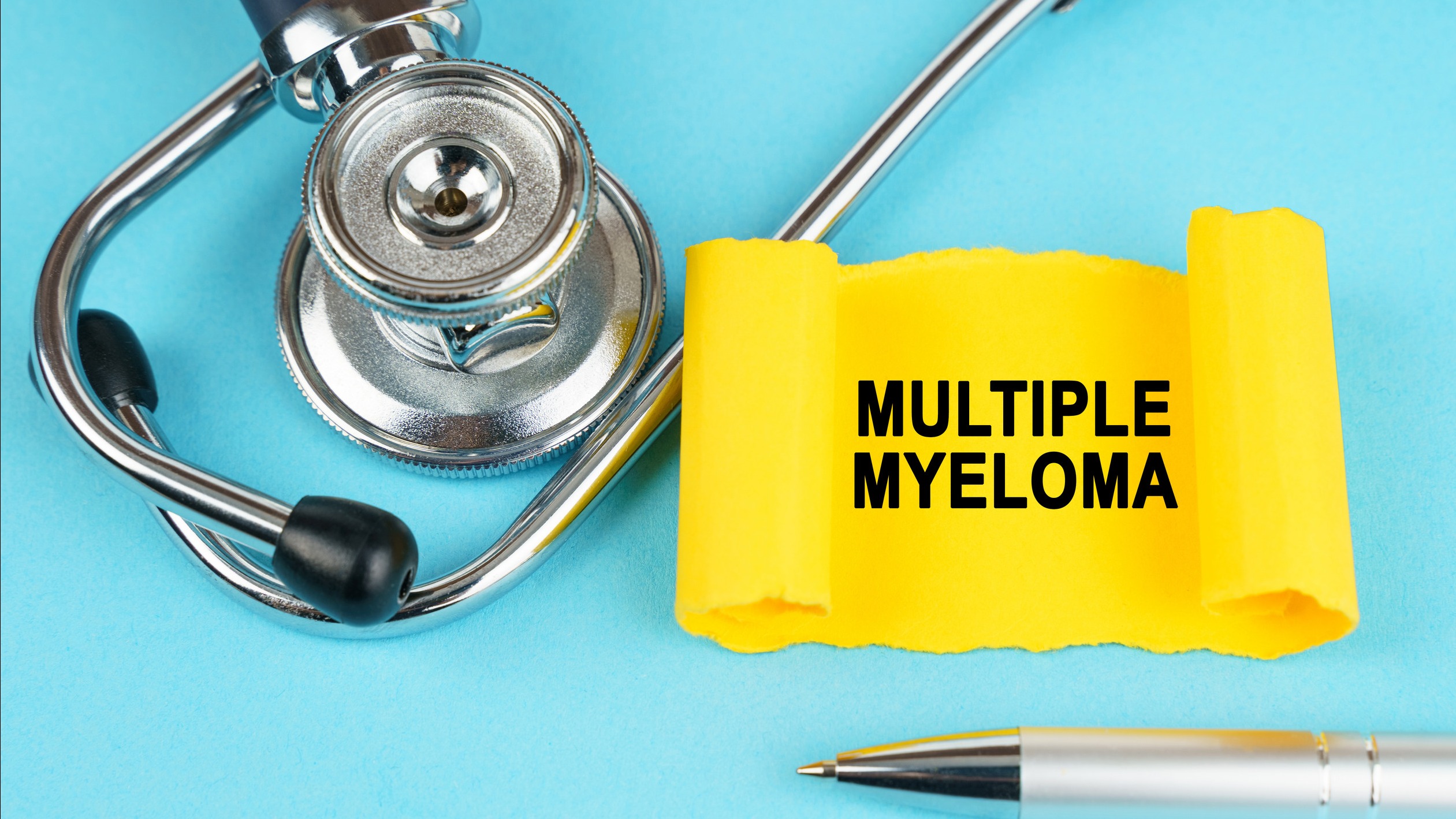
Understanding Waist-to-Height Ratio as a Cardiovascular Risk Indicator
Recent studies indicate that the waist-to-height ratio (WHtR) is proving to be a crucial marker for predicting cardiovascular health risks in children as early as age ten. A significant study conducted in Denmark showcased that children exhibiting a gradual increase in their WHtR from birth are more likely to develop cardiometabolic issues by the age of ten. This emphasizes the need for proactive monitoring of central obesity as a part of standard healthcare practices.
Why Monitoring Central Obesity is Essential
Dr. David Horner, leading the research at Herlev and Gentofte Hospital in Copenhagen, stated, "Central obesity in childhood matters, and the waist-to-height ratio offers a simple and effective marker that may help early identification of cardiometabolic and CVD risk." This perspective reshapes traditional health metrics, where the Body Mass Index (BMI) often falls short in accurately measuring an individual's health risks.
The Limitations of BMI and Importance of WHtR
BMI is frequently used as a standard measure for overweight and obesity; however, it does not account for body composition variations. An athlete with a high muscle mass, for instance, may display a high BMI yet maintain an optimal health state. In contrast, WHtR potentially provides a more reliable risk assessment, ensuring that children who might otherwise appear healthy through BMI screenings receive appropriate medical oversight.
Key Findings from the Study
The Danish research involved a longitudinal analysis of 736 children, tracking their WHtR from birth to age ten. They categorized the participants into three notable groups: a stable reference group (66%), a high-falling group (18%), and a slow-rising group (15%). The slow-rising group, showing discernible increases in WHtR, had significant correlations to elevated cardiometabolic risks, evidenced by a calculated z-score of 0.79. This underscores the pressing need for parents and healthcare providers to monitor central obesity in children, facilitating early intervention strategies.
Practical Steps for Parents and Caregivers
The findings evoke a vital question: how can parents actively participate in managing their children's health? Regular check-ups that include WHtR measurements, along with encouraging healthier dietary habits and physical activity, can significantly mitigate the risk of developing chronic health conditions. For instance, involving children in meal planning and preparation fosters a deeper understanding of nutrition, making them more likely to engage positively with healthy choices.
Future Predictions and Opportunities
As awareness grows, we can expect healthcare systems to incorporate WHtR more widely in pediatric evaluations, potentially leading towards national health guidelines that prioritize early intervention strategies to curb rising obesity rates. This proactive approach could delay or even prevent the onset of cardiovascular diseases, thereby improving life quality for future generations.
Embracing Change for Better Outcomes
While the topic of obesity can often feel daunting, it serves as a crucial juncture for educators, parents, and health professionals to create supportive environments. This proactive outlook encourages healthy lifestyle changes rather than viewing obesity solely as a challenge. As highlighted by Dr. Horner, the ability to identify and monitor these risk factors can empower families and individuals towards a healthier future.
With the knowledge of WHtR's predictive capabilities, it is essential for suburban professionals seeking to enhance their families' well-being to integrate this marker into their health discussions. The more informed the family unit is, the stronger the foundation for health becomes.
In conclusion, understanding and acting upon the implications of waist-to-height ratios could lead to a significant improvement in childhood health outcomes, setting the stage for a healthier adulthood. Let's commit to being proactive about our children's cardiovascular health.
 Add Row
Add Row  Add
Add 




 Add Row
Add Row  Add
Add 

Write A Comment